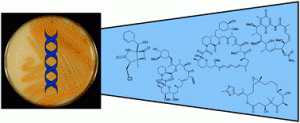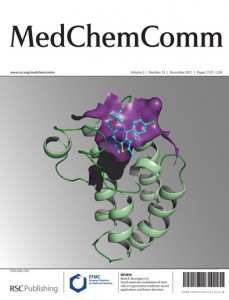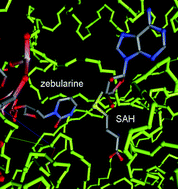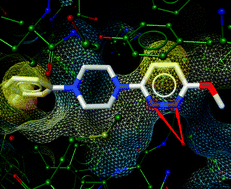‘Natural products are an unsurpassed source of lead structures for drug discovery. However, these molecules, many of which fall into the beyond-rule-of-5 chemical space, are often difficult to optimize by chemical means because of their complex structures.’, explains Frank E. Koehn (Pfizer, Natural Products, Oncology Worldwide Medicinal Chemistry Groton, USA).
In this MedChemComm review article, Frank E. Koehn provides the reader with an overview on biosynthesis-oriented strategies to access analogues of natural products, which would be unattainable by chemical semisynthesis. Five relevant examples of distinct drugs, namely:
- salinosporamide
- geldanamycin
- FK506
- rapamycin
- epothilone
are described, for which libraries of analogues have been prepared via biosynthetic engineering approaches and which are under intensive biological investigation or already in clinical use.
 This review is part of our forthcoming themed issue on Natural Products, guest edited by Professor Christopher T. Walsh and Dr Sylvie Garneau-Tsodikova – keep checking back for more hot research in this theme:
This review is part of our forthcoming themed issue on Natural Products, guest edited by Professor Christopher T. Walsh and Dr Sylvie Garneau-Tsodikova – keep checking back for more hot research in this theme:
Biosynthetic medicinal chemistry of natural product drugs
Frank E. Koehn
Med. Chem. Commun., 2012, Review Article












![GA[7]](https://blogs.rsc.org/md/files/2011/12/GA7.gif)



